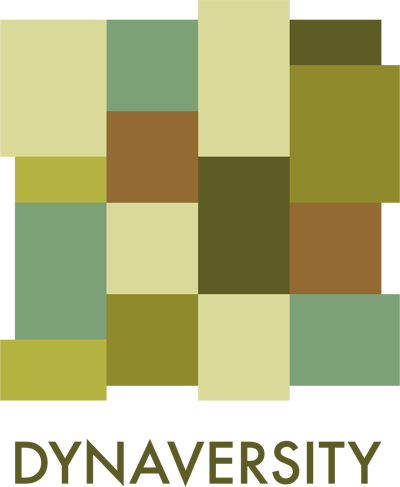Project
AIM AND SCOPE
DYNAVERSITY analyses and describes the actors involved in plant genetic conservation for agriculture in order to suggest management and governance models and to construct new forms of networking. It facilitates exchange and integration of scientific as well as practical knowledge on how to best manage diversity in agriculture and in the entire food chain, restoring evolutionary and adaptation processes.
CONTEXT
About agrobiodiversity conservation
The progressive shift of farmers from local varieties to genetically uniform high-yielding varieties is a global trend, coming from the last century.
It has been raising concerns about the implying loss of genetic diversity, a phenomenon named as “genetic erosion”. This loss of diversity is worrying because reduces the chances of plants to adapt to changing, to climate changes for example.
“Any genetic material of plant origin that has present or potential value for food and agriculture”, referred to as PGRFA (Plant Genetic Resources for Food and Agriculture) has therefore been included in international agreements aimed at conserving and sustainably using natural and agricultural biodiversity.
Two conservation strategy have been defined: ex situ and in situ. The first implies the preservation of species outside their natural habitat, such as genebanks, where seeds or other plant material are stored, or botanical gardens and greenhouses. In situ conservation is performed in the sites where plants developed their distinctives properties. It has, among others, the major advantage of capturing the evolutionary adaptation of plants exposed to changing environmental and management conditions.
In situ conservation involves wild species genetically close to cultivated ones, referred to as Crop Wild Relatives (CRW), which have proved to be more problematic to be stored in genebanks. CWR are important as reserves of useful traits (e.g. resistance to various stresses) which can naturally or artificially pass to genetically related crops.
In the past 20 years, in situ conservation of CWR has been an almost exclusive working field for universities and scientists developing methodologies for the creation of genetic reserve areas.
These strategies have however been poorly considered or applied by public authorities as such. Natural parks have rarely been involved in this discussion about in situ conservation even though many parks are working on CWR and landraces conservation.
SPECIFIC OBJECTIVES ARE
| 1 | Generating a knowledge base on the characteristics of in situ genetic resources, good practices on conservation and management issues; |
| 2 | Mapping actors and stakeholders and through case study analysis identifying better practices; |
| 3 | Promoting new sustainable links and partnerships between European conservation stakeholders – crosscutting academic-civic-political-private actors – by training and mutual learning programs aiming at diminishing the divide between in situ and ex situ conservation efforts; |
| 4 | Integrating Natural Parks activities and policies within the on farm and in garden conservation realm of action; |
| 5 | Raising public awareness on the importance of genetic resources, also involving Alternative Food Networks (AFNs) – through science cafes, citizen science, Let’s Liberate Diversity meetings, demonstration sites, seed exchange networking, photo exhibitions, video animations, concept cards and agrobiodiversity corner in specialised magazines |
| 6 | Promoting an enabling institutional framework for new dynamic seed systems and strategies for innovative, participatory and integrated governance in the PGRFA communities, aiming at an increased use of genetic resources from in situ sources in breeding activities and in the food chain. |
Workplan
WP1
Context, concepts, actors
Analysis of the context of genetic resources in Europe. The concepts of in situ, on farm management and ex situ conservation will be refined through literature review and specific interview to key persons. An interactive map collecting the current activities and organisations in place will be provided and it will be put emphasis on dynamic and innovative seed systems from both a socio-economic and social perspectives.
WP2
Partnership and networking
Creation of the “Sharing Knowledge Experience Platform” (the SKEP) aiming facilitating collaboration between actors all along the food chain. In detail analysis of the dynamics in the current existing networks and initiatives in order to identify incentives and barriers (technical, economic, social and environmental) for their development.
WP3
Increasing diversity in food systems
Organisation of demonstration sites and workshops to develop a multi-actor consultations and studies to better exploit ex situ wild relatives and landraces and connect ex situ and in situ resources. Several workshops will question genetic resources governance and how design a more efficient strategy to associate more closely breeders and consumers in order to boost renewal of the overall cultivated diversity for sustainable food systems.
WP4
Enabling legal and policy framework
Producing technical manual, leaflet, reports to support formal and informal strategies for breeding, seed circulation, facilitating exchanges and increasing diversity within the overall food system. This will lead to enabling institutional framework for developing dynamic seed systems and strategies for an improved governance in the PGRFA communities.
WP5
Fostering diversity through communication and public interaction
Design a communication strategy to facilitate circulation of the information and results internally and externally to a diverse range of audiences. Through social media, YouTube channel, general media, face to face activities such as seed fair, market experiences, field days, trainings with teachers, parks activities and public events.
WP6
Coordination and management
Ensuring the correct implementation of the project, optimising the organisation and timing of activities and resources, so that objectives, planned activities and outcomes of the project proposal are fully achieved. Important tasks include the development of the tools related to project coordination, internal communication, project reporting, and quality management.
Partners

ARCADIA (BE)
WP6 Leader, coordination and management
It is a multidisciplinary consultancy dedicated to the food and the feed value chain.
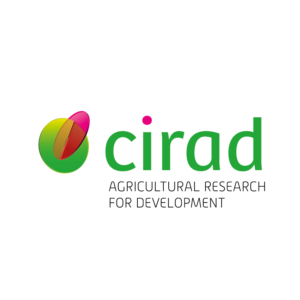
CIRAD (FR)
WP3 and 4, technical manuals and workshops
The French agricultural research and international cooperation organization working for the sustainable development of tropical and Mediterranean regions.
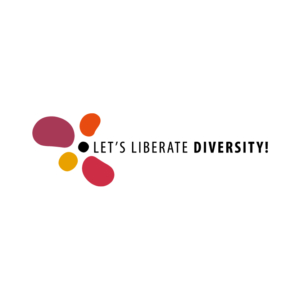
ECLLD
WP5 and 6, events organization
The European Coordination for Let’s Liberate Diversity! is an international non-profit organization to promote the dynamic management of agrobiodiversity.
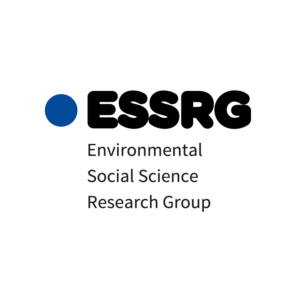
ESSRG (HU)
WP1 Leader, context and actors of in situ conservation
Environmental Social Science Research Group is a small R&D company working on the boundaries of environmental and social sciences.
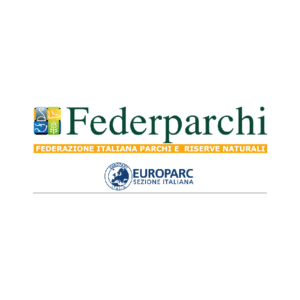
FEDERPARKS (IT)
WP5, dissemination events
The Italian Federation of Parks and Nature Reserves manages national and regional parks, marine protected areas and nature reserves.

Formicablu (IT)
WP5 Leader, communication and public interaction
It is a science communication agency specialized in dissemination and outreach.
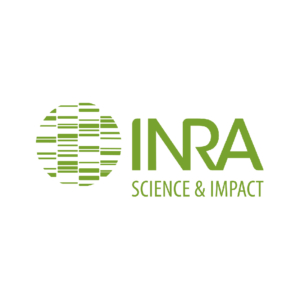
INRA (FR)
WP3 Leader, awareness of agrobiodiversity
Within INRA, the “Participatory research and cultivated diversity” group works on increasing sustainability of organic agriculture thanks to multi-actor and transdisciplinary researches with farmers’ networks.

Rete Semi Rurali (IT)
WP4 Leader, institutional framework and new governance
It’s the Italian Farmers’ Seeds Network, coordinates the existing associations.
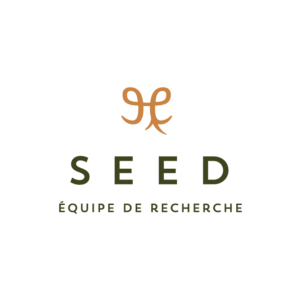
SEED-Ulg (BE)
WP2 Leader, case studies
The Socio-Economics, Environment and Development unit (University of Liège) has specialised in the approaches of sociology and environmental management, as well as the social study of science and technology and of transitions.
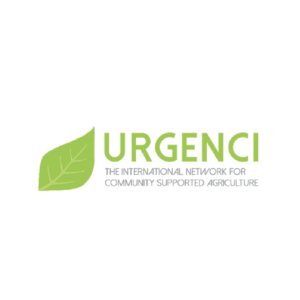
URGENCI (FR)
WP3 and 5, events and dissemination
Urgenci is the international network for community supported agriculture.
SKEP
The creation of the Sharing Knowledge and Experience Platform (SKEP) aims at facilitating collaboration and networking between in situ actors and stakeholders.
The SKEP sustains the project consortium in analysing opportunities, challenges and bottlenecks for the design and implementation of best practices for in situ and on farm conservation. By starting this platform at the ignition of the project and by setting-up several meetings, the objective is to make this platform self-sustainable after the completion of DYNAVERSITY.
The SKEP members are:
Regine Andersen
Catrina Fenton
Christine Frison
Waltraud Kugler
Rachel Lagiere
Lorenzo Maggioni
Jennifer Mc Connell
Pedro Mendes Moreira
Bert Visser
NETWORKS
Dynaversity project builds on previous work, contacts, networks and related projects that include many communities, organizations, key players around Europe. Here you can have a glimpse into a selection of these activities in many diverse countries and get to know some of our partners and stakeholders.
PARTNER PROJECT
Farmer’s Pride is a parallel project funded by the EU which is working in close liaison with Dynaversity.
It involves a large and diverse range of stakeholders from across Europe with an interest in the conservation and sustainable use of plant genetic resources (PGR). Building on and enhancing existing network and PGR management structures, Farmer’s Pride is creating a region-wide collaborative network for in situ conservation of wild and cultivated PGR. This network will significantly strengthen efforts to support PGR custodians and secure Europe’s wealth of plant diversity for food, nutrition and economic security.
For details, please visit www.farmerspride.eu
Public deliverables
WP1
D1.2: Analysing the cultural-political and socio-economic context (M18)
D 1.4: Online map based on open source software and maintained by the SKEP platform after the end of the project. This online tool will present the detailed results of the mapping (M36)
WP3
D 3.1: Report about actions getting consumers closer to issues of agrobiodiversity (M22)
D 3.3: Innovative mechanisms of governance for genebank management (M34)
D 3.4: Technical manual of the good practices to build and manage CSBs (M36)
D 3.5: Technical manual summarising the requirements for on farm databases (M36)
D 3.6: Citizens networks awareness to diversity challenges (M32).
WP4
D 4.1: Technical manual explaining how to manage access to ex situ collections and how to deal with collecting in situ and on farm PGRFA (M26)
D 4.3: Valorisation of diversity through the markets (M28)
D 4.4: Final report about seed systems with a graphical schema of their functioning (M34)
D 4.5: Report on scenarios and strategies towards dynamic networks for managing diversity in Europe (M34)
